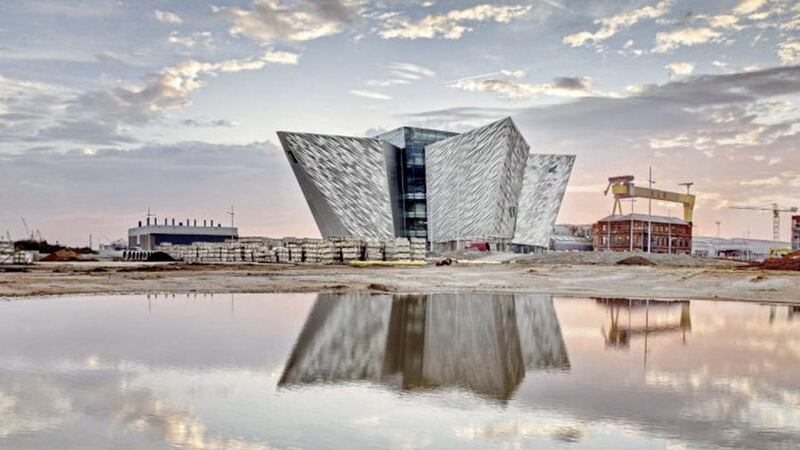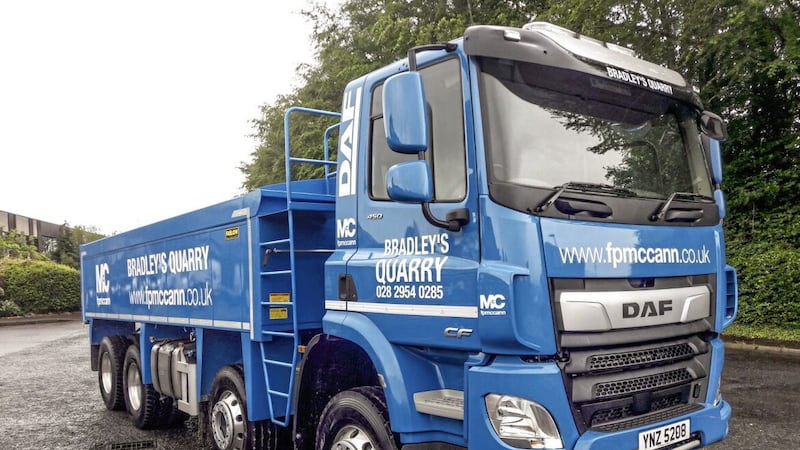THE past 10 years has perhaps been one of the most astonishing decades in history (from an economist’s perspective anyway). When we think back to April 2008, Amazon was still seen as a niche bookseller, Facebook was a corporate minnow and we went to Xtra-vision for movies.
Yes, the credit crunch was rumbling on in the background, but the word austerity hadn’t even entered public consciousness (indeed, it hadn’t even been thought about in government). Public spending was also still rising strongly, and the economy was enjoying robust growth. We were still under the impression that boom and bust had been confined to history. The Chancellor, Alastair Darling was forecasting healthy expansion and the deficit and debt to remain under control.
To say that very few people foresaw what was to come is an understatement. By that autumn, it wasn’t just the leaves falling, economic growth had plummeted like a stone to create the deepest recession since the 1920s. As the phrase goes, the credit crunch had suddenly moved from Wall Street to Main Streets around the world. Northern Ireland house prices were also in freefall and the buds of recovery would be years away.
In many respects the 10 years until today have been a lost decade. The UK has broken record after record in this period - and not the positive variety. Northern Ireland, which had previously escaped the worst ravages of recessions, actually suffered a longer and deeper recession than the UK and its recovery has been weaker.
So, what have these records been? The last 10 years has seen the lowest wage growth since the 1860s, according to the Institute for Fiscal Studies (IFS). It has also been the weakest 10-year period of productivity growth in a century, and the worst decade of economic growth since World War Two.
Borrowing also surged to a post-war record high, and overall debt is now double its 2008 level. Record cuts in public spending have also taken place, the like of which have never before been experienced. The Bank of England’s response included slashing interest rates to their lowest level since 1694.
In Northern Ireland, the biggest house price spike in its history was followed by the UK’s biggest ever house price correction; close to 60 percent falls. This led to a collapse in house building which spread throughout the Northern Ireland economy. Clearly a remarkable decade in economic terms for the UK and Northern Ireland.
But whilst we have been bombarded with the phrase ‘the lost decade’, it could actually be argued that it has also been a decade when we have found new sectors, technologies and opportunities that are enhancing our lives today. Some statistics have also gone full-circle, back to their pre-2008 positive highs and lows.
Indeed, today, private sector employment has never been higher (just don’t mention productivity). The unemployment rate has also returned to 3.2 percent (though this measure should perhaps be taken with a pinch of salt); where it was in the heady days of the summer of 2007. Northern Ireland today once again finds itself sharing a land-border with the fastest growing economy in Europe; like it did in 2007.
In the last 10 years, we have also seen Northern Ireland’s tourism offering grow beyond all recognition, with record highs now the order of the day. Ten years ago, Titanic Belfast didn’t exist, and our hotel offering was somewhat limited to say the least. Today new hotels are springing up across the city skyline, Belfast is Lonely Planet’s must-see visitor destination of 2018, and tourism is now finally delivering its true potential.
In the past decade, Northern Ireland has also found world-leading expertise in technology, with for example the highest concentration of cyber-security companies in Europe now being in Belfast. Areas such as pharmaceuticals and materials handling have also had a burgeoning decade, and Northern Ireland now boasts some of the world’s leading law firms as tenants.
Unfortunately, though, we have to reintroduce that almost taboo word ‘productivity’. Economics is known as the dismal science, and it was IFS economist Paul Johnson who recently said: “Dismal productivity growth, dismal earnings growth and dismal economic growth are not just part of the history of the last decade, they appear to be the new normal”. Global growth has returned to its pre-crisis rate, UK growth is a shadow of its former self, and Northern Ireland has returned to be a laggard of the UK.
It is clear that in the years to come, Northern Ireland needs to lose its reputation for very low productivity and to find new ways of boosting growth in the years ahead. We also need to find political agreement and a re-energised Stormont to help support economic growth, as the rest of the world isn’t waiting for us.
And we of course need to find solutions to the many challenges that Brexit will potentially throw up. But perhaps most of all, the UK and Northern Ireland need to identify a sustainable way forward for the public finances. This means finding new sources of tax revenue, including higher income tax and national insurance contributions.
The good thing is that some of the positive changes in the past decade that we didn’t see coming now provide opportunities for new tax revenue and the Treasury will be looking closely at how to increase its tax take from the major global technology companies that have sprung up, from Facebook to Airbnb.
So, despite the biggest recession since the 1930s, all was certainly not lost, but we still have plenty of challenges from that period remaining which we need to fund solutions for in the decade ahead.
:: Richard Ramsey is Northern Ireland chief economist at Ulster Bank. Follow him on Twitter at @Ramseconomics
Next week: Paul McErlean







